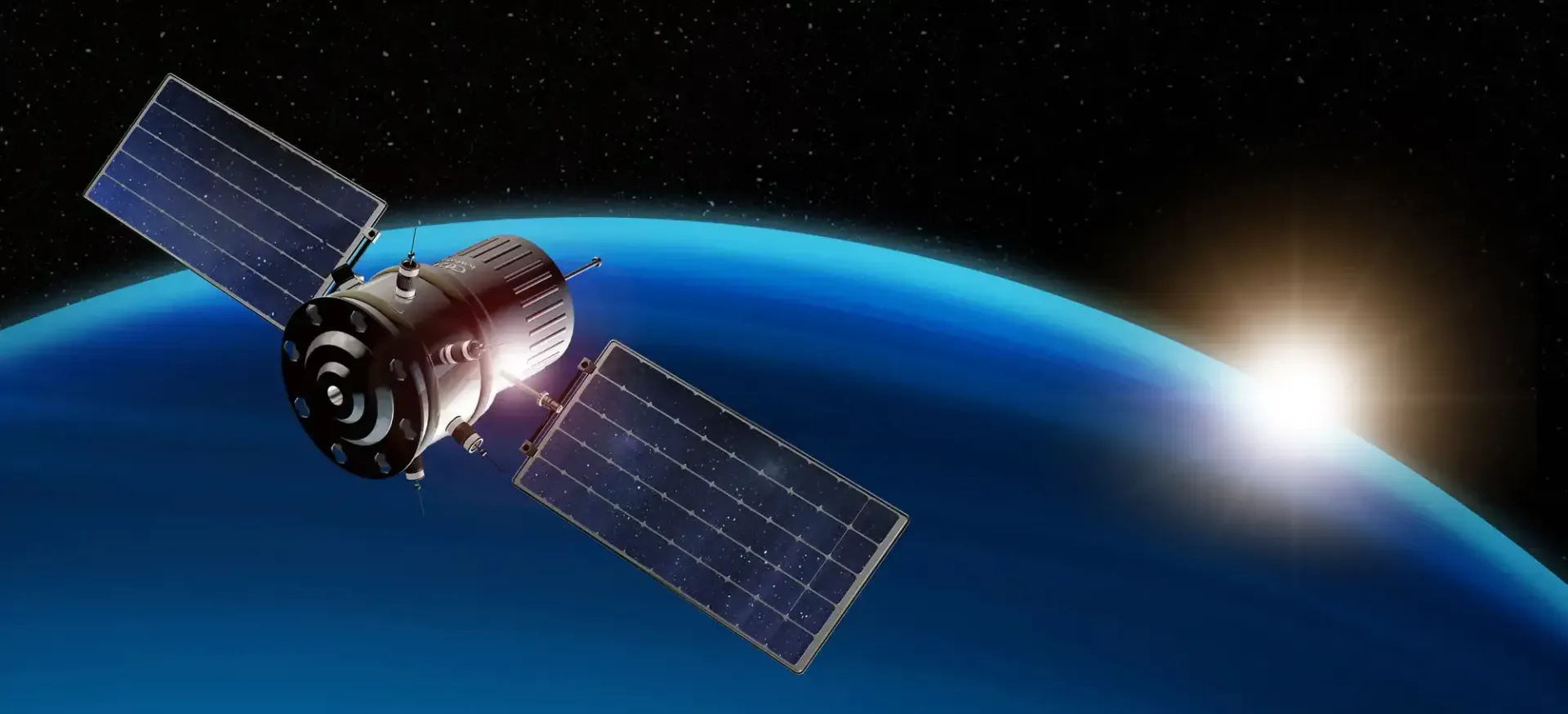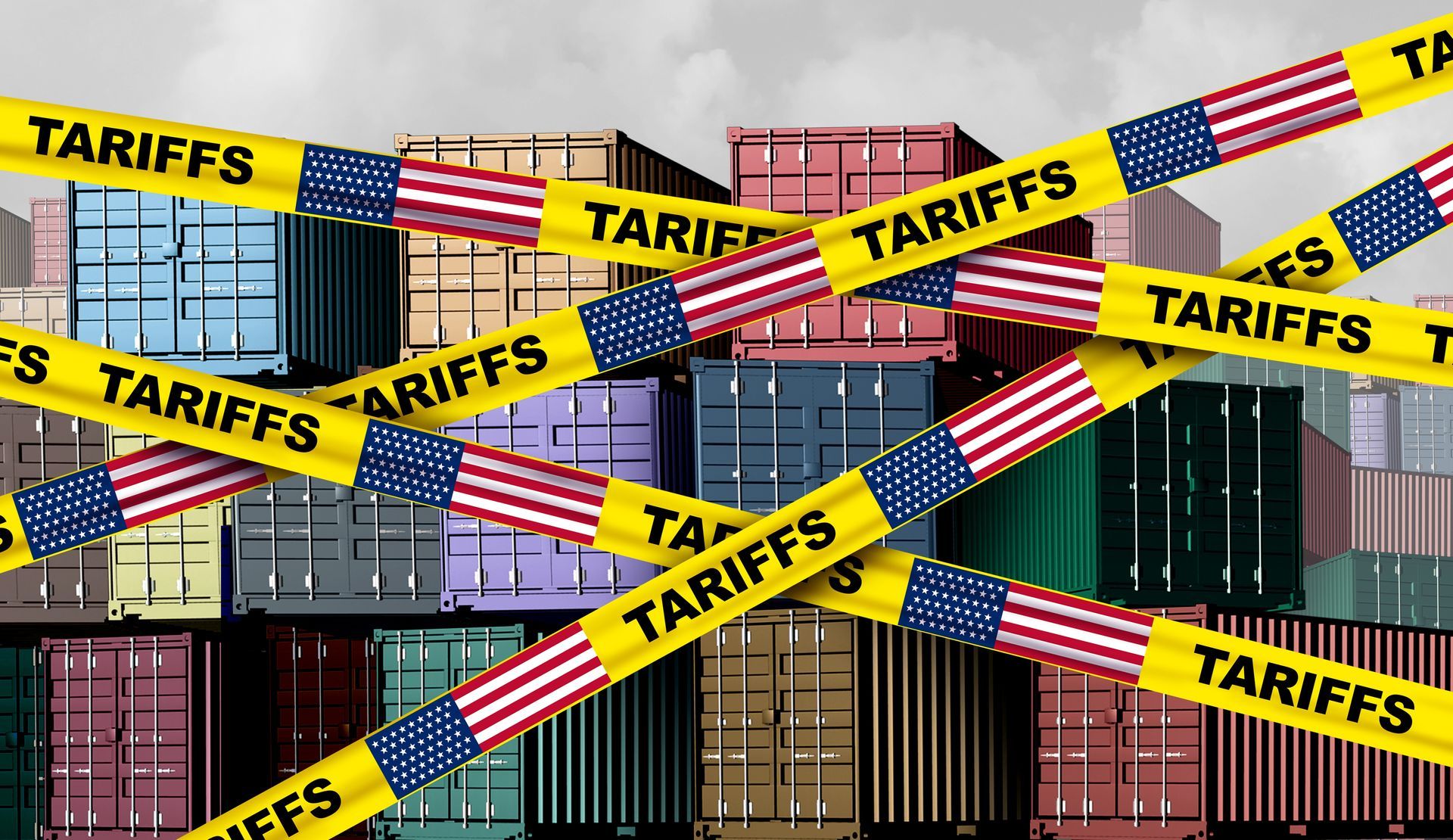Revisiting the US-Morocco Free Trade Agreement: A Two-Decade Review
The US-Morocco Free Trade Agreement (MAFTA), signed in 2004 under President George W. Bush, was a landmark deal aimed at strengthening economic and strategic ties between the U.S. and Morocco. As one of the few countries in Africa to benefit from such a pact, Morocco was poised to leverage MAFTA for significant economic gains. However, a recent report by the Washington Institute for Near East Policy sheds light on how the agreement has fared two decades later, revealing a complex and somewhat disappointing picture.

MAFTA’s Origins and Aspirations
In the aftermath of the September 11 attacks, MAFTA was conceived not only as a tool for economic growth but also as a strategic initiative. The U.S. aimed to promote a broader “Middle East Free Trade Area” and strengthen Morocco’s position as a “major non-NATO ally.” For Morocco, the agreement was a chance to bolster bilateral relations and enhance security cooperation with a key global power.
Economic Outcomes: A Mixed Bag
According to the Washington Institute’s report, the promise of MAFTA was initially fulfilled in terms of boosting trade volumes. Bilateral trade surged from approximately $1.3 billion in 2006 to $5.5 billion in 2023. This growth signifies a notable expansion in economic engagement between the two nations. However, the report also highlights a growing trade imbalance that casts a shadow over MAFTA’s success.
Morocco’s trade deficit with the U.S. has more than doubled over the same period, rising from less than $1 billion in 2006 to about $1.8 billion in 2023. This persistent imbalance suggests that the agreement’s full economic potential has not been realized. Despite Morocco’s robust economic growth, the report indicates that this growth is more closely linked to internal factors such as agricultural sector performance and infrastructure development rather than the trade agreement itself.
Diversification and Geopolitical Shifts
The report also explores how Morocco has diversified its economic activities beyond the scope of MAFTA. Notably, Morocco has made significant strides in niche markets like electric vehicle (EV) batteries. While MAFTA was expected to attract U.S. and third-party investments in this sector, the reality has been different. Chinese companies have emerged as key players, leading in “greenfield” investments in Morocco, while U.S. capital has contributed only minimally.
China’s growing influence in Morocco’s economic landscape may partly explain the U.S. reluctance to push for greater American investment. With China’s increased involvement, Morocco’s economic ties are shifting, and the strategic importance of MAFTA in this context appears to be diminishing.
Strategic and Political Dimensions
The report underscores that MAFTA has been more successful in serving political and strategic interests rather than achieving its economic goals. The agreement has maintained a strong bilateral relationship between the U.S. and Morocco, with the Biden administration continuing Trump’s recognition of Moroccan sovereignty over the Sahara territory.
Looking forward, the report suggests that the U.S. could enhance its economic relationship with Morocco by focusing on sectors such as light manufacturing and expanding English-language training opportunities. These steps could potentially bolster mutual economic benefits and leverage Morocco’s growing status as a leading destination for foreign direct investment (FDI) in Africa.
A Need for Reassessment
The evaluation of MAFTA reveals both achievements and shortcomings. While the agreement has successfully deepened U.S.-Morocco relations and contributed to increased trade, it has fallen short of its economic aspirations. The growing trade imbalance and the shift in investment patterns highlight the need for a reassessment of how trade agreements are utilized and adapted to changing global dynamics.
As Morocco continues to navigate its economic future and strategic partnerships, the U.S. must consider how to realign its trade policies to support its objectives in Africa and beyond. The ongoing evolution of global trade and geopolitical relations will undoubtedly shape the
Get actionable advice on cost-saving strategies that boost your bottom line.
Subscribe here:




















